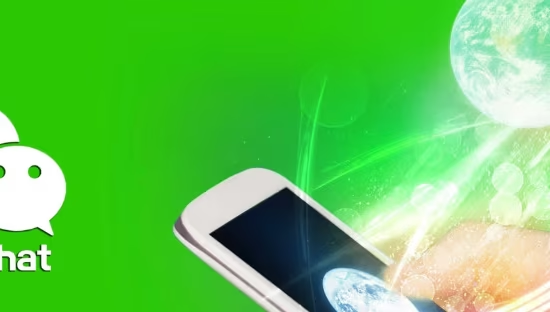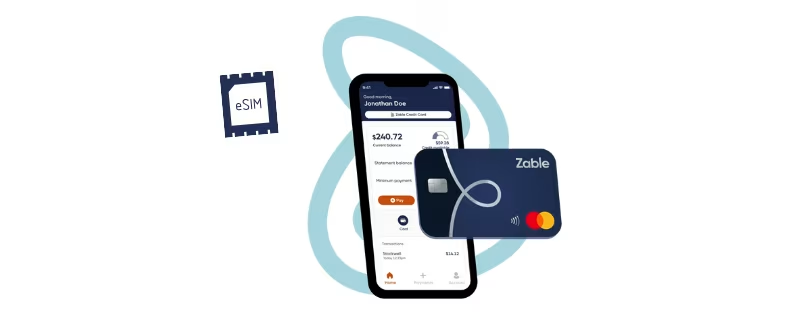
Telenor IoT Launches Future-Proof SGP.32 eSIM Standard
Telenor IoT announced it is taking a major leap forward in the IoT space by becoming one of the first to adopt the new global eSIM standard SGP.32. Starting in autumn 2025, as soon as standardized SGP.32 SIMs become commercially available, the company will launch a fully standardized, future-proof solution incorporating the new standard. This will ensure businesses can future-proof their deployments and adapt effortlessly to evolving business needs.
SGP.32 is the next generation eSIM standard developed by the GSMA to meet the growing demands of IoT deployments. It allows SIM profiles to be managed remotely through a centralized platform, enabling automated updates and provisioning—even for devices without user interfaces or located in hard-to-reach areas. This makes it ideal for managing large-scale, global fleets of devices efficiently and securely. SGP.32 supports lightweight profiles, optimizing performance for low-power devices, and allows network switching without the need to replace physical SIM cards. The new standard facilitates future-proof deployments and simplifies global IoT operations by allowing businesses to use a single Stock Keeping Unit across all markets, reducing logistical complexity and cost and making deployment more efficient.
“Telenor IoT has always been quick to adopt new standards and was among the first operators to launch SGP.02, the first eSIM standard for IoT. By launching SGP.32 we’re enabling the move towards a world of seamless, secure, and standardized IoT connectivity, essential for long-term success in the IoT space” says Mats Lundquist, CEO of Telenor Connexion and Head of Telenor IoT. “This is more than a technology upgrade—it’s marking a significant shift in the evolution of global connectivity that will simplify operations for our customers and reduce long-term integration challenges.”
Telenor IoT’s global managed connectivity already provides customers with access to multiple networks per country, enabling easy scaling and optimal network selection. By adding SGP.32 to its offering, Telenor IoT gives its customers the ability to scale and control IoT deployments even further—combining AI-powered monitoring, real-time analytics, and remote SIM management in one powerful solution.
The move also reinforces the importance of standardization. A fully standardized SGP.32 solution ensures interoperability across devices, avoids vendor lock-in, and guarantees long-term compatibility with evolving technologies and networks.
Telenor IoT is already offering test agreements, enabling customers to begin exploring the benefits of SGP.32 ahead of full commercial availability.










